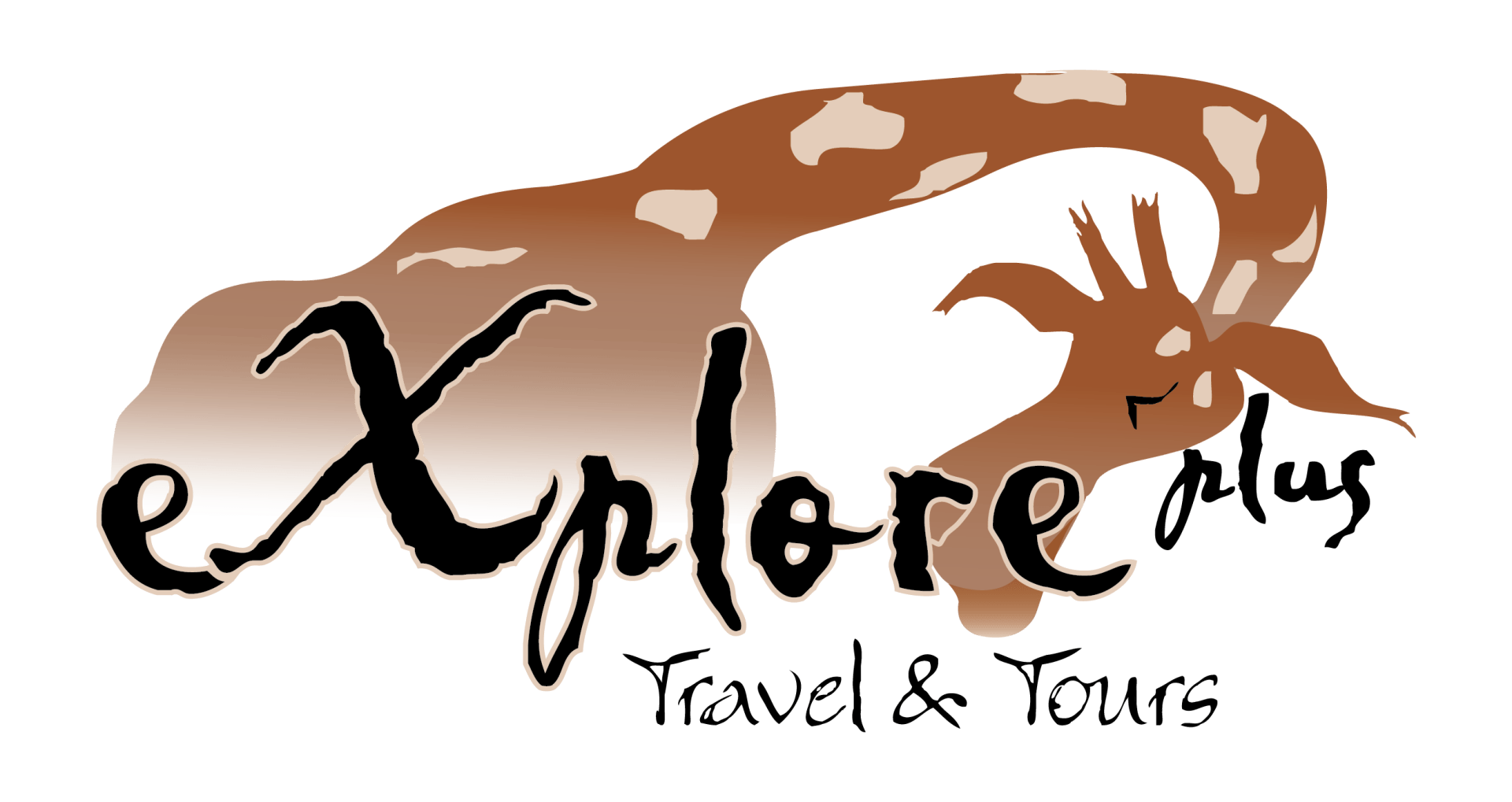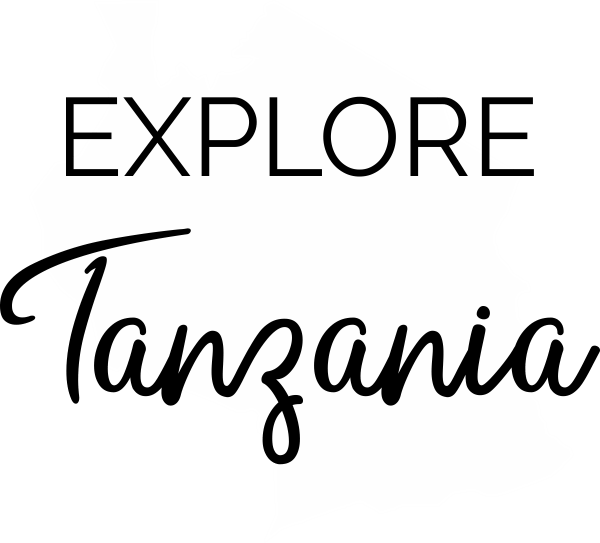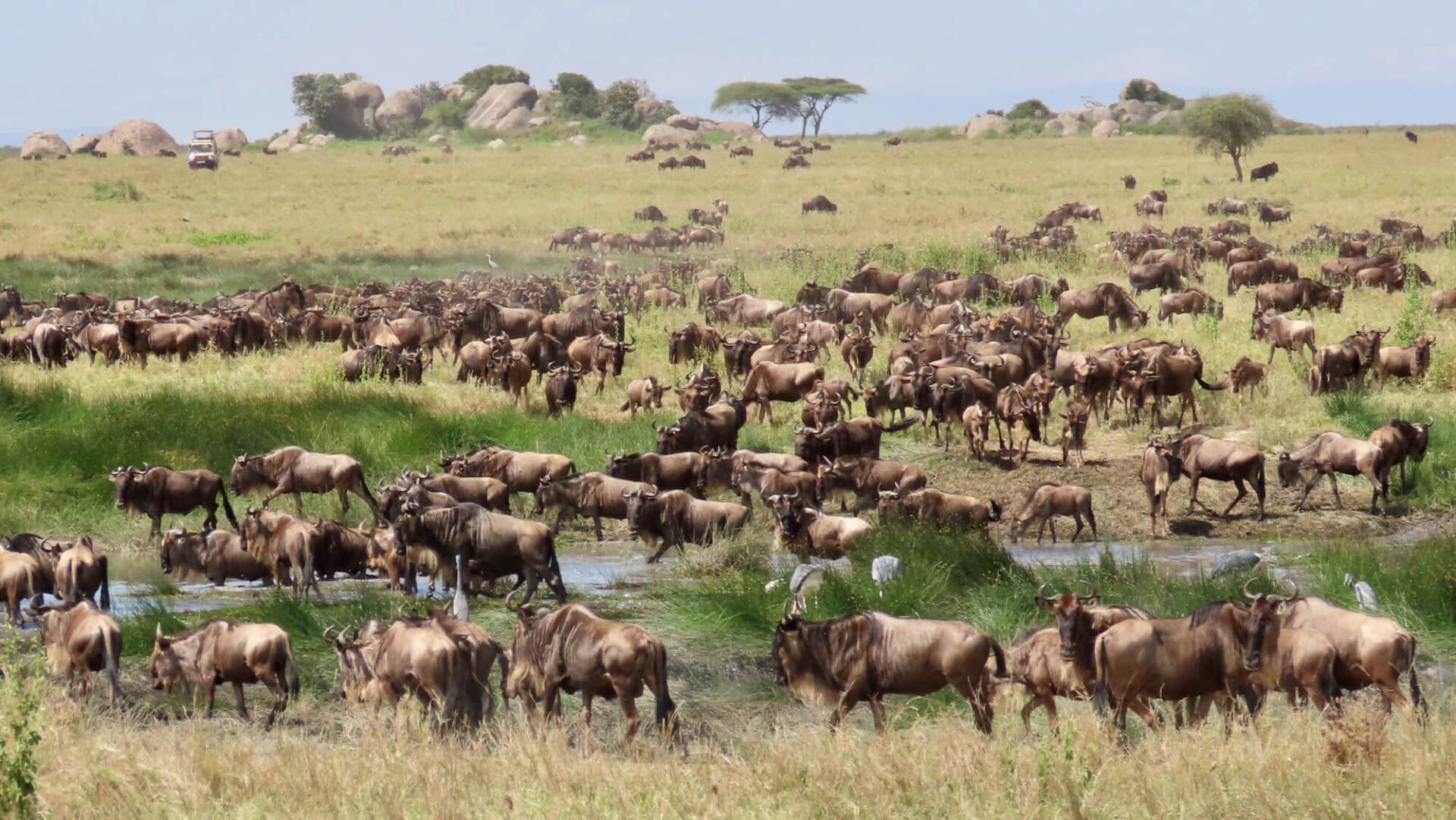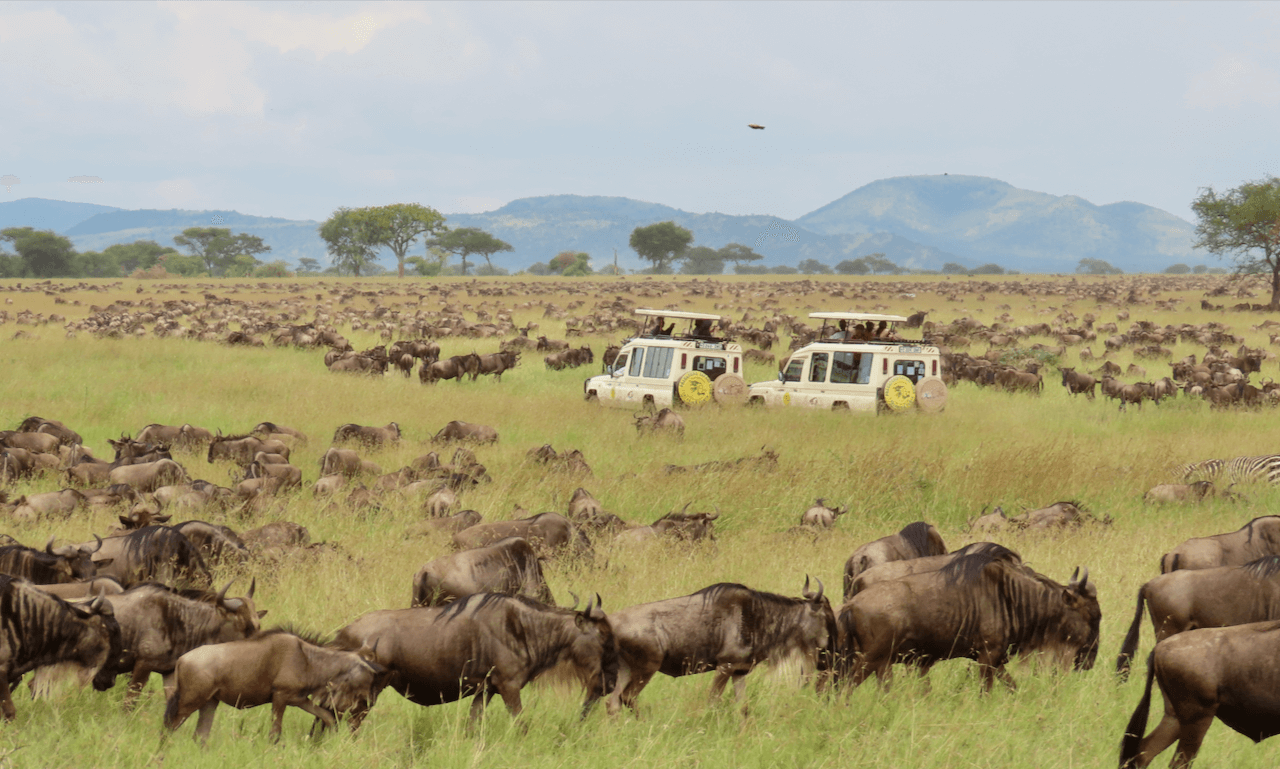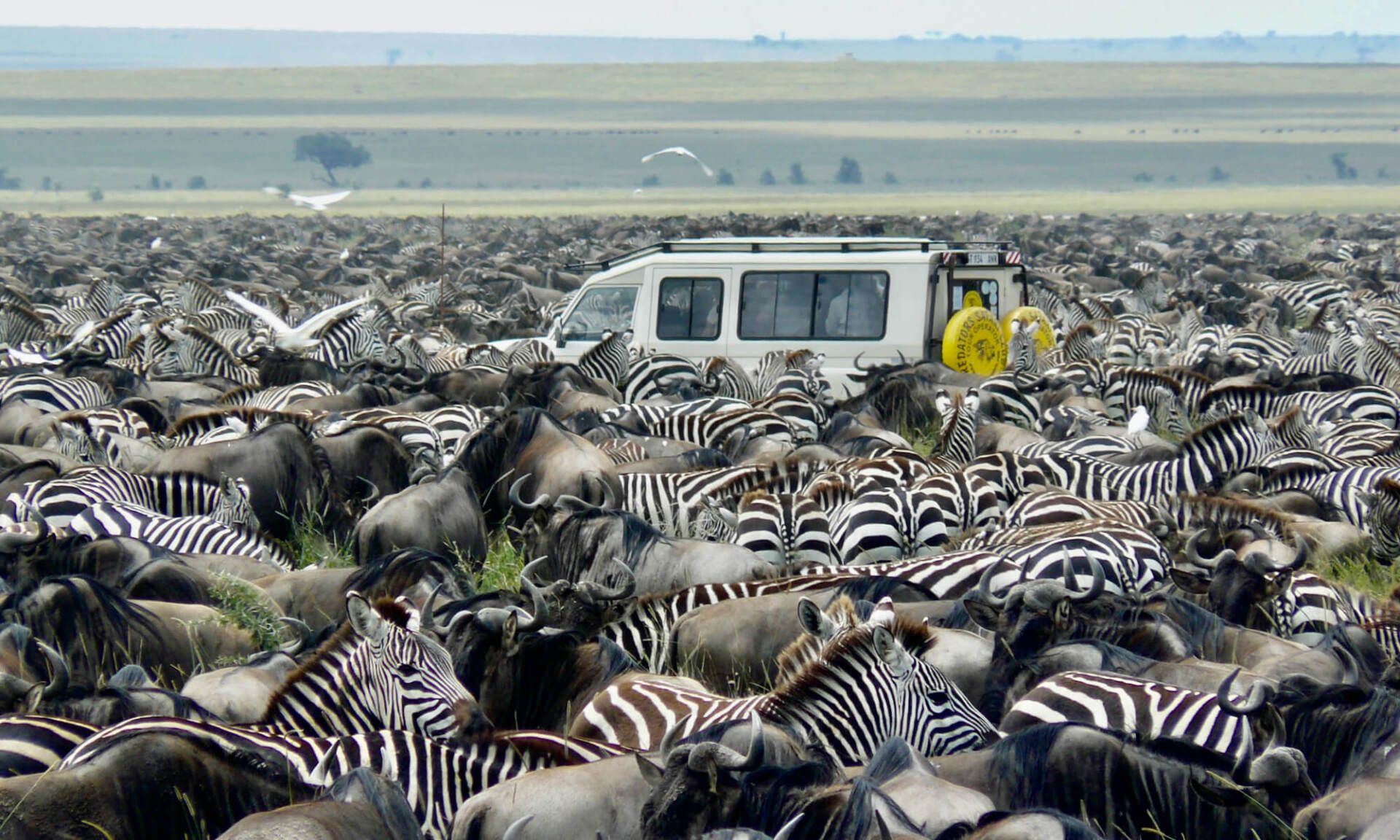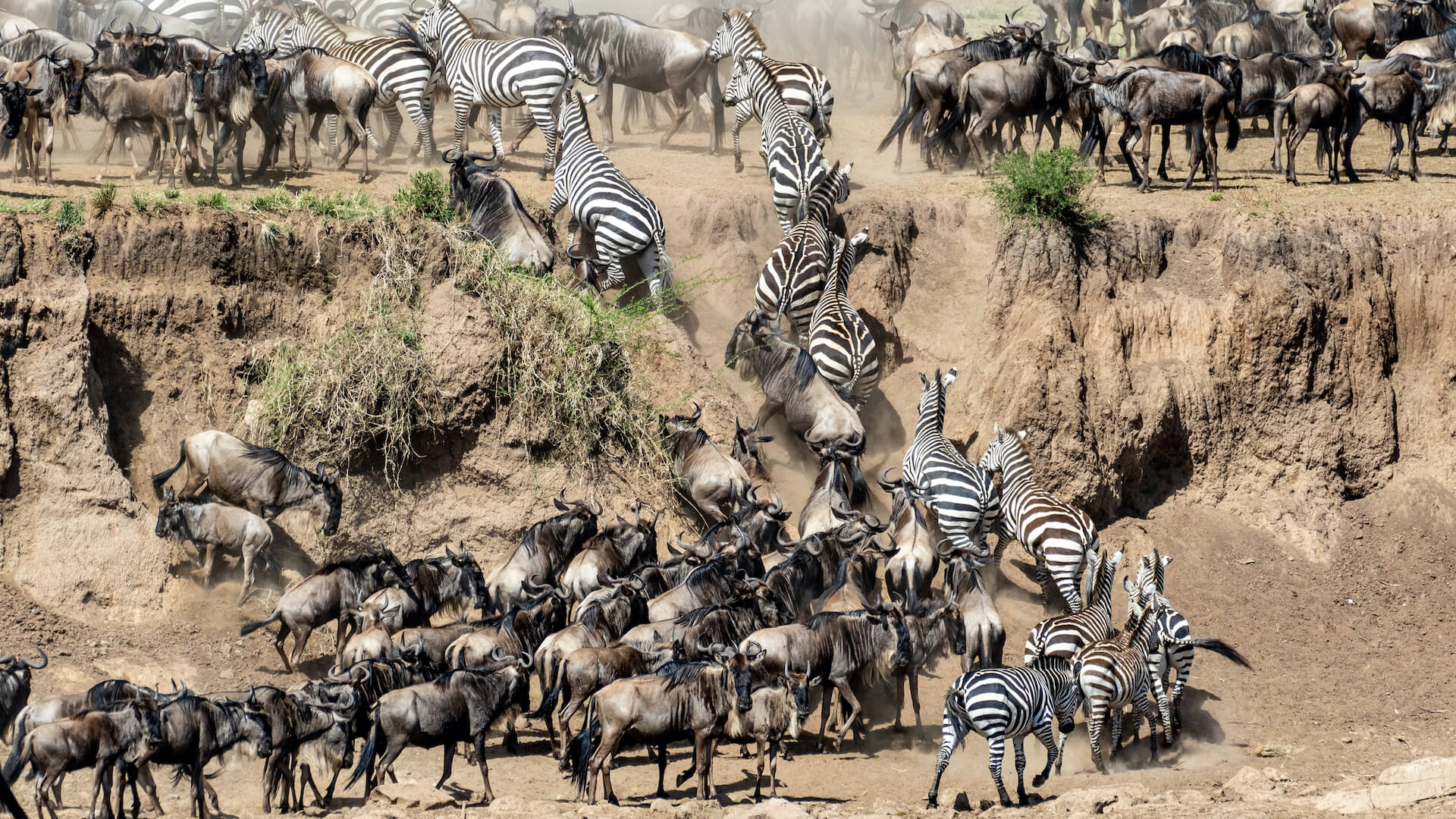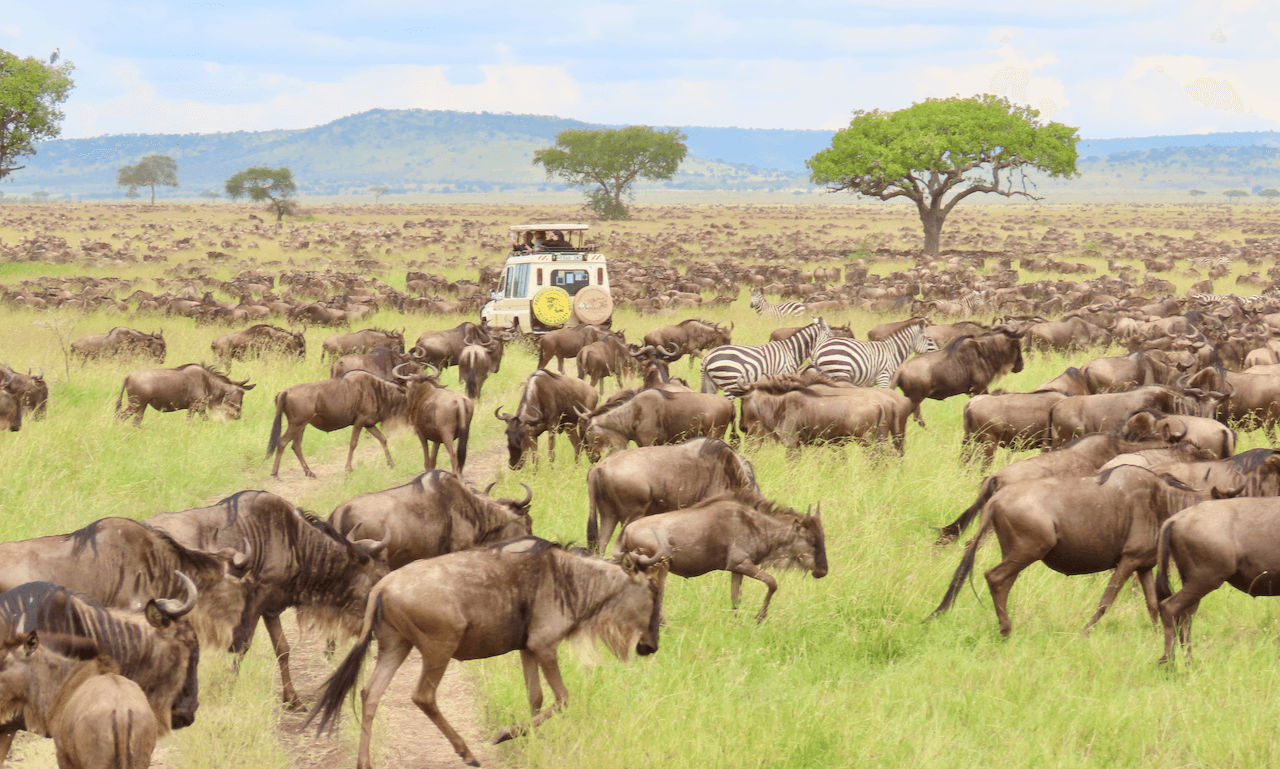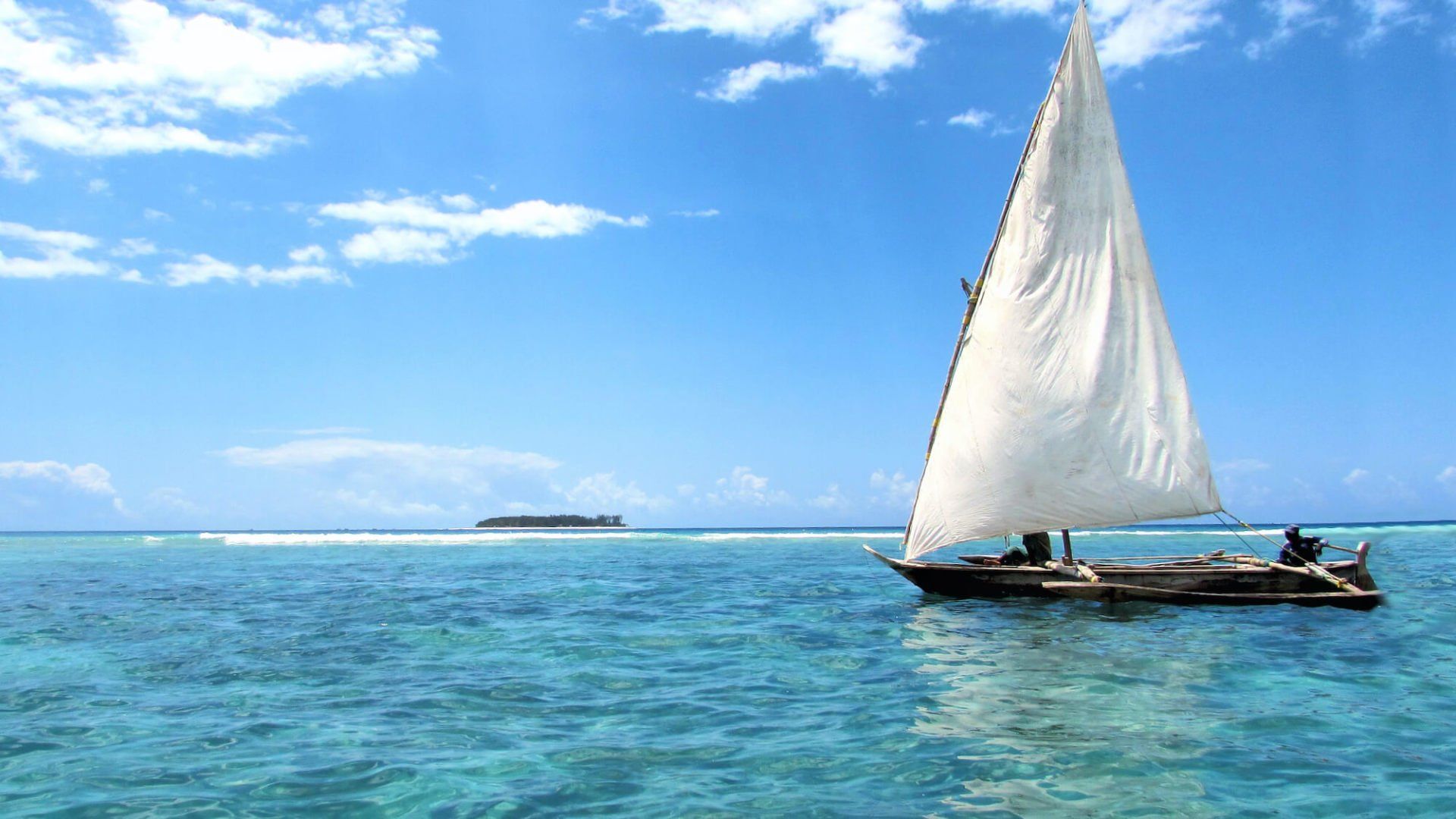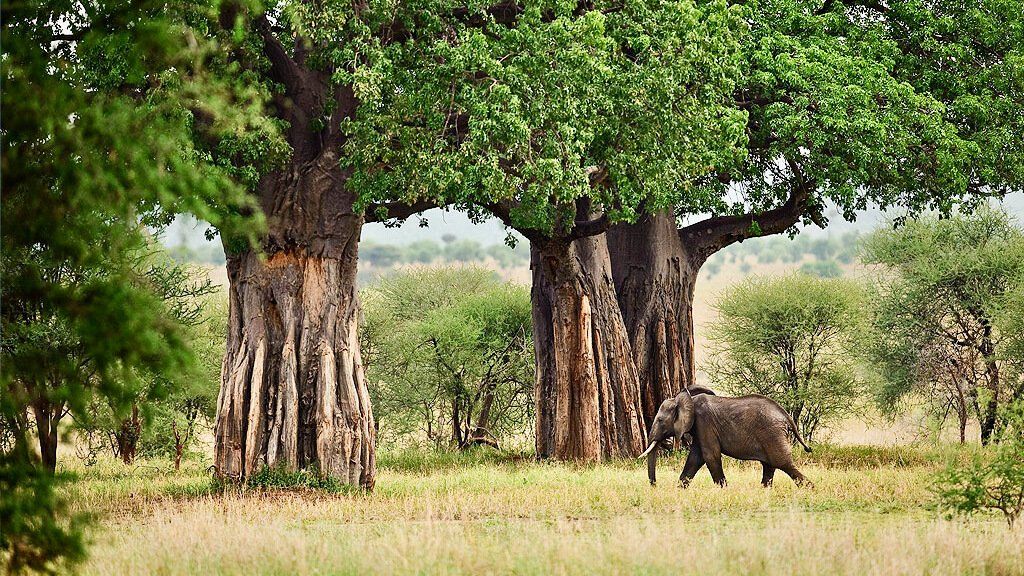Best of East Africa Safari
SET DEPARTURE SAFARI
Enjoy a boat cruise on Lake Naivasha while the Masai Mara National Reserve is world renowned for its Big Five sightings . The Serengeti National Park with its vast plains support thousands of wildebeests, zebras and gazelle and the predators that follow in their wake. The Ngorongoro Crater is packed with animals and offers sweeping views from its rim with Lake Manyara and the Great Rift Valley Escarpment displaying dramatic scenery. The safari ends with a visit to the Amboseli National Park which is set against the magnificent backdrop of Africa's highest mountain, Kilimanjaro. Join us for a n unforgettable 11-day Easy Africa safari adventure to spot the Big Five, meet Maasai warriors and witness the stunning natural beauty!
Our East Africa safari packages offer the opportunity to explore the best of Kenya & Tanzania while enjoying the company of an intimate group of like-minded safari enthusiasts, on a set itinerary.
Itinerary
We also offer this as a PRIVATE SAFARI or can send you a tailor-made quotation similar to the above itinerary - one designed specifically for you, around your taste, budget, interests and more.
Dates & Prices
This 11-Day Best of East Africa Tours and Safaris experience
departs twice a month. Anyone can join this safari, and as long as there is a minimum of 2 passengers, the safari will run.
*Max 6 clients per vehicle.
Departing twice a month:
Request our 2025 & 2026 Safari dates from our Safari Specialists:
info@exploreplus.co.za
Rates:
| Per Person Sharing: |
Please contact one of our consultants |
Please contact one of our consultants |
- Request a quote from our Safari Specialists for the most current rates and availability on our group departures.
- The exchange rate used (bank selling rate):
R18.80 to US$1.00
- Please treat all pricing as a guide only.
- The rates may vary according to season changes.
- All rates are subject to increases beyond our control, including fuel price, government taxes and exchange rate fluctuations.
- Maximum
6 clients per vehicle .
National Parks
Amboseli National Park
The park is 392 sq. km in size at the core of an 8,000 sq. km ecosystem that spreads across the Kenya-Tanzania border. It is famous for being the best place in Africa to get close to free-ranging elephants
and other wildlife species. Here you will have the opportunity to meet the Maasai people
and see spectacular views of Mount Kilimanjaro, the highest freestanding mountain in the world. Amboseli has a very fragile ecosystem, submitted to significant seasonal variations. During the wet season, the rains flood the lake bed and the surrounding area. The high salt deposits in the lakebed inhibits tree growth and only small patches of acacia and palm trees are found far from the lake. The salt-rich pastures provide good feed to the herbivores. Despite the first impression of the park being dusty and arid, Amboseli has abundant groundwater overflowing into various underground streams. They rise into two clear water springs in the centre of the park, giving birth to large marshes like the Loginya Swamp
where elephants, hippos and buffalo's find refuge.
Lake Nakuru National Park
Lake Nakuru is internationally known for its flamingos. At times there may be almost two million flamingos inhabiting the area, forming a stunningly beautiful deep pink band around the edges of the lakeshore. This alkaline lake
is recognised as being one of the natural wonders of the world. Lake Nakuru is also a rhino sanctuary, protecting a population of over 40 black and over 60 white rhino, but the flamingos have always been the main attraction. More than 400 bird species
and over 50 mammal species
have been recorded and it is perhaps the best place in Kenya to see leopards. Troops of black-and-white Colobus monkeys
can be seen in the yellow-barked acacias. The rare Rothschild’s giraffe, herds of buffalo, dik-dik, klipspringers and eland are among the generally seen game.
Masai Mara Game Reserve
Bordering Tanzania's Serengeti National Park, Masai Mara offers a wide variety of wildlife and the
best opportunity to see lions (some with gorgeous, long black manes) and cheetahs. It is common to see lions, hippos, crocodiles, antelope, giraffes, wildebeest, warthogs, baboons, hyenas, jackals, zebras, cape buffalo and dozens of birds, including ostriches, cranes, secretary birds, and storks in just one day of game viewing. Every year
(between July - Oct),
millions of wildebeest and zebras migrate
into the Mara in search of water. The timing of this phenomenon varies, depending on the rains. Whether you see the migration or not, wildlife watching is good year-round, and the Mara will leave you with a lasting impression of Kenya. Rivers cross the landscape of rolling plains and dotted with lone acacia trees.
Lake Victoria
Standing in the heart of East Africa,
Lake Victoria is an
enormous mass of water that stretches across countries, cultures, and histories. A visit to the lake offers the chance to explore the diversity of local communities, as well as sight some of
Africa’s most prized wildlife. It is the
largest lake in Africa (second largest in the world) and chief reservoir of the Nile, lying mainly in Tanzania and Uganda but bordering on Kenya. Alongside a spectacular array of
birdlife and
wetland animals, such as the clawless otter and sitatunga, the lake has fostered a number of native species. Among these are several types of cichlid, many of which are notable by their vibrantly-coloured scales. More elusive – or, possibly extinct – is the deep-water Catfish. Dwelling at the bottom of the lake, which is
82 metres at its deepest, this little-known catfish is thought to have been brought to near extinction by the introduction of the Nile Perch. Lake Victoria is special for being one of only two places in East Africa where it’s possible to watch the sunset over water without being on the coast!
Lake Turkana
in
Northern Kenya
is the other.
Serengeti National Park
The Serengeti’s endless plains is a UNESCO World Heritage Site
and is patrolled by Africa’s big cats, elephants, buffaloes, gazelles and giraffes and is perhaps most famous for the migration of animals. The principle players are the wildebeest, whose numbers appear to have increased to about 2 million. In addition, about 250,000 zebras
make the seasonal journey to fresh pastures, first to the north, then the south after the rains. Their ancient instinct to move is so strong that no drought, gorge or crocodile-infested river can hold them back. In February
the wildebeest cows drop their young in a synchronized birthing that sees some 300 000 to 400 000 calves born
within two to three weeks.
Bird watching in the Serengeti is good all year round, at its very best from November to April.This is when European and North African migratory birds are present for resident species.
Ngorongoro Crater
The Ngorongoro Crater is the world’s largest unbroken volcanic caldera and is regarded as the 8th wonder of the world. It is one of the most diverse and fascinating areas of Tanzania and has been given the status of a World heritage site and International Biosphere Reserve. The fertile slopes and steep forest-covered walls are home to approximately 30,000 animals
including the rare black rhino. The various ecosystems found within the 260 square kilometre crater floor sustain Cape buffalo, elephants, wildebeest, zebras, elands, gazelles, hippos, numerous bird species as well as a high concentration of predators. Although birdlife is generally good throughout the year, from November to April, migratory birds from Europe and Northern Africa are present and many resident birds are in breeding plumage.
Lake Manyara National Park
Located on the edge of the Rift valley, Lake Manyara is a remarkably species-rich reserve, especially known for its birds, elephants, flamingos and tree-climbing lions. En-route to Ngorongoro Crater and the Serengeti, Lake Manyara is well worth a stop in its own right. Its forests, bush plains, baobab-strewn cliffs
and hot springs
offer an incredible variety in a small area. The alkaline soda lake
is home to an amazing array of bird life with the best birding opportunities from November to April. During this time the migratory birds from Europe and Northern Africa can be observed and many birds can be seen in their breeding plumage.
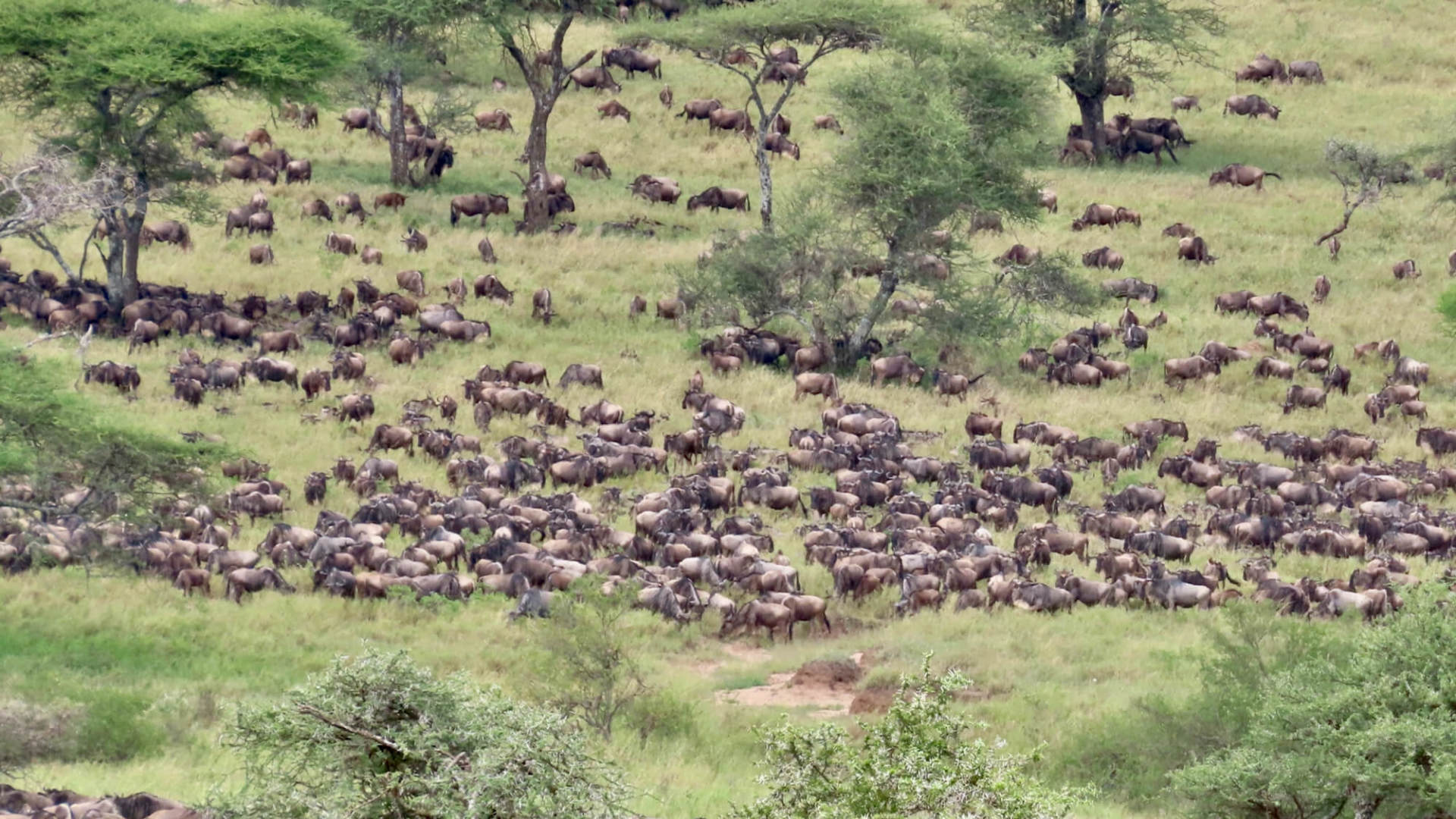
Slide title
Wildebeest Migration On The Serengeti Plains
Button
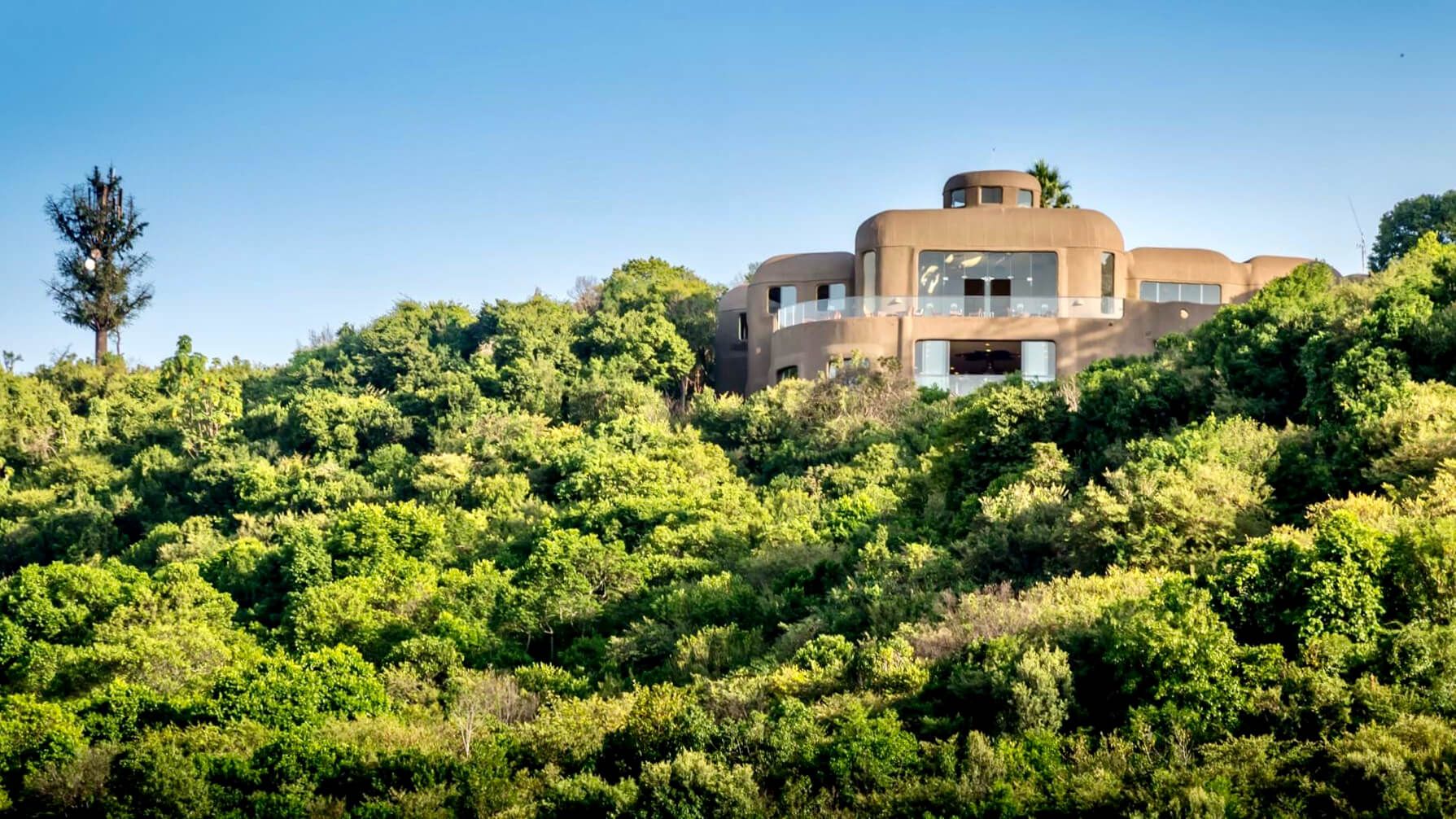
Slide title
Mara Serena Safari Lodge - Mara Triangle
Button
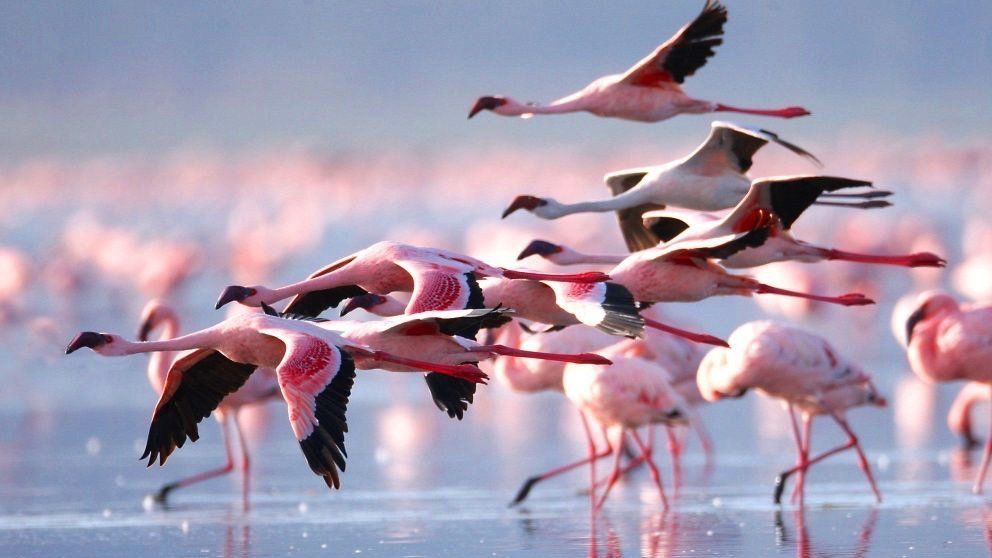
Slide title
Flamingos At Lake Nakuru National Park
Button
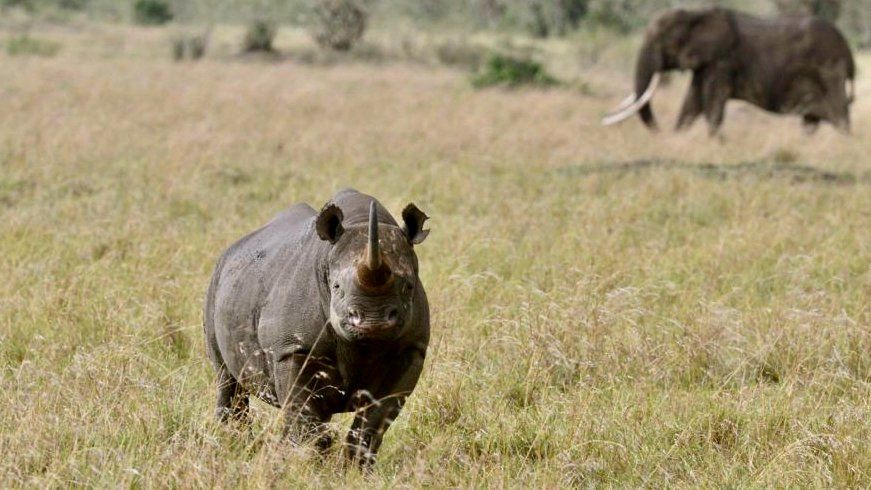
Slide title
Black Rhino In The Masai Mara National Reserve
Button
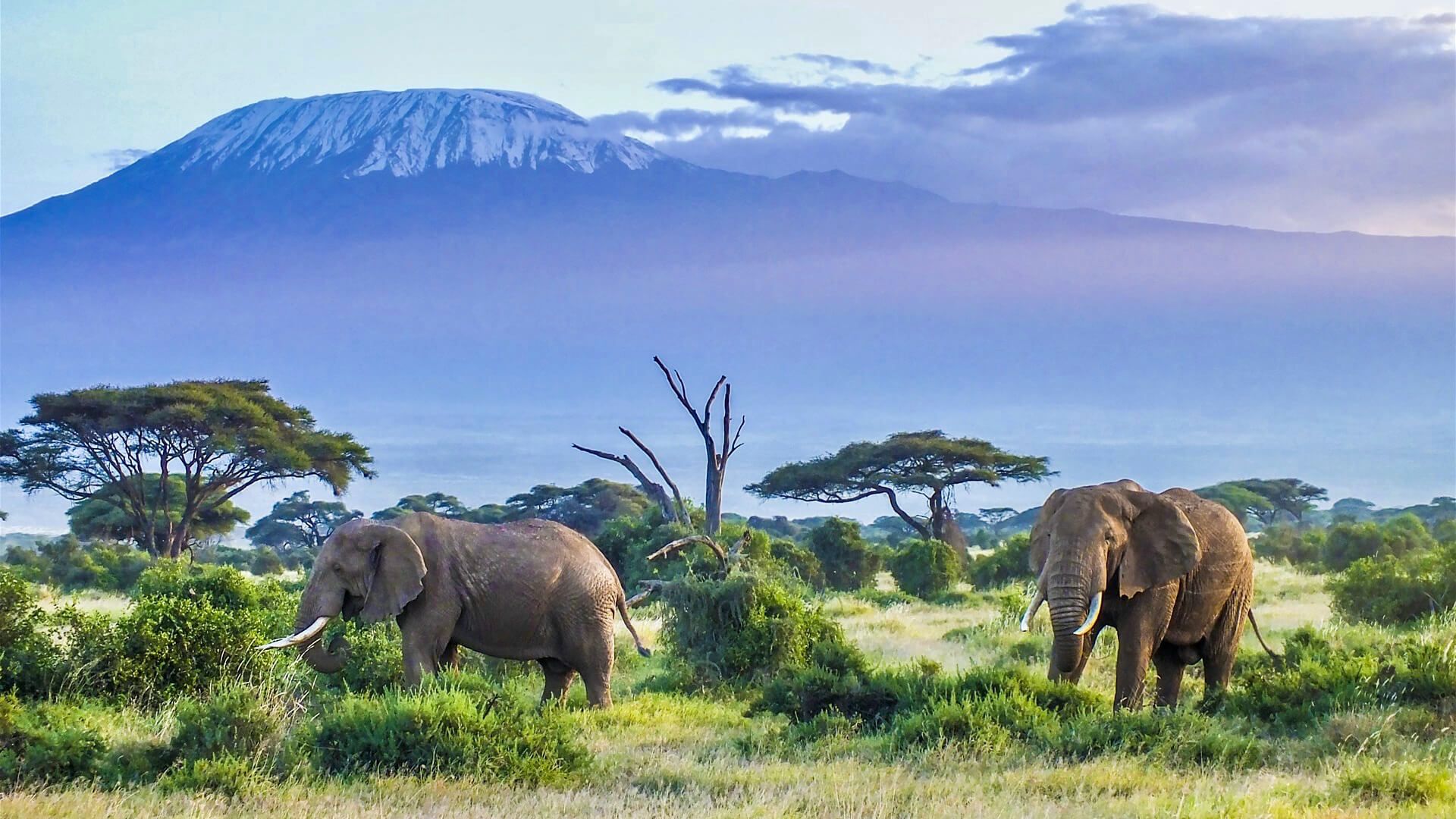
Slide title
Amboseli National Park With Kilimanjaro As A Backdrop
Button
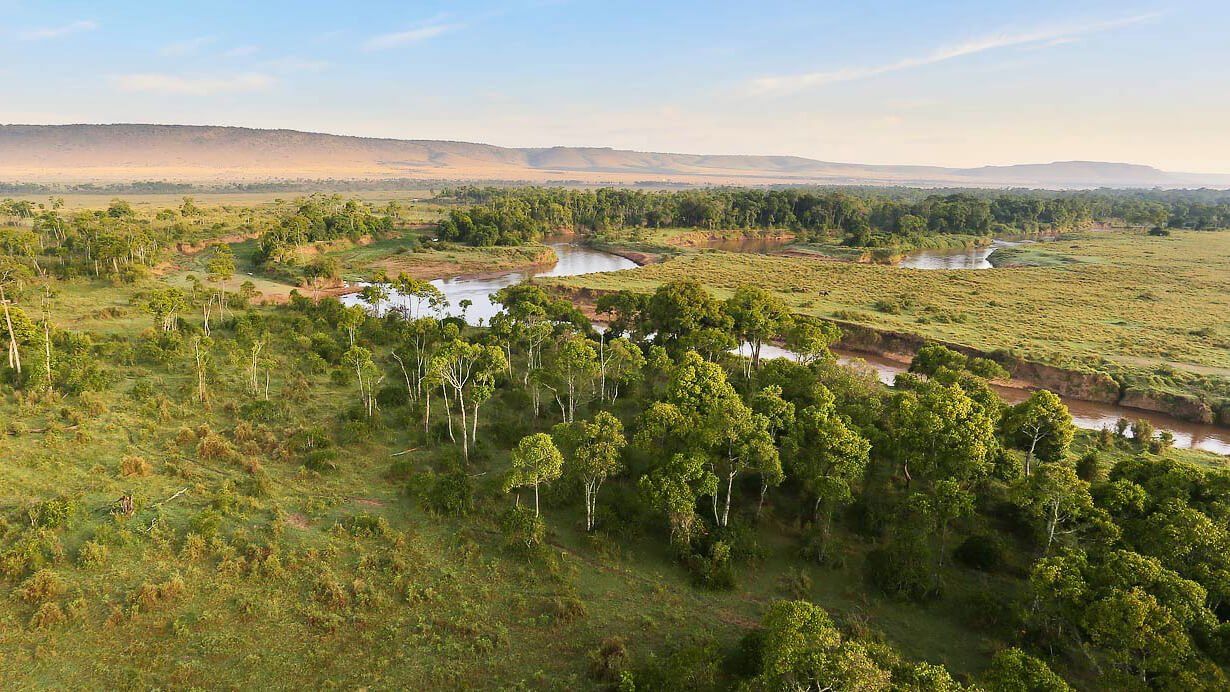
Slide title
Mara River - Masai Mara National Reserve
Button
